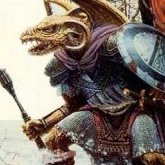
Sign in to follow this
Followers
0

Leatherneck: F-14A/A+/B Tomcat
By
Silver_Dragon, in General Discussions


By
Silver_Dragon, in General Discussions